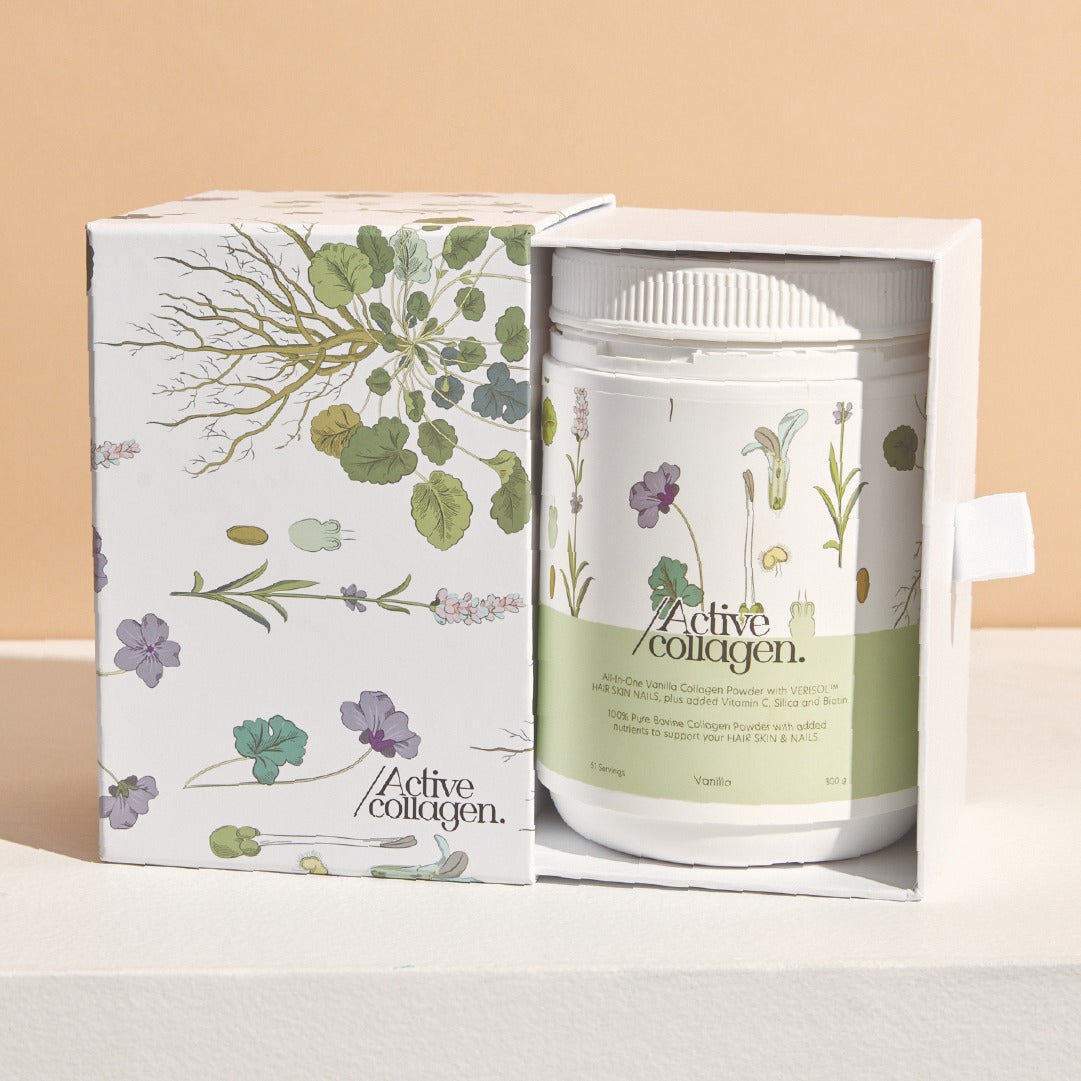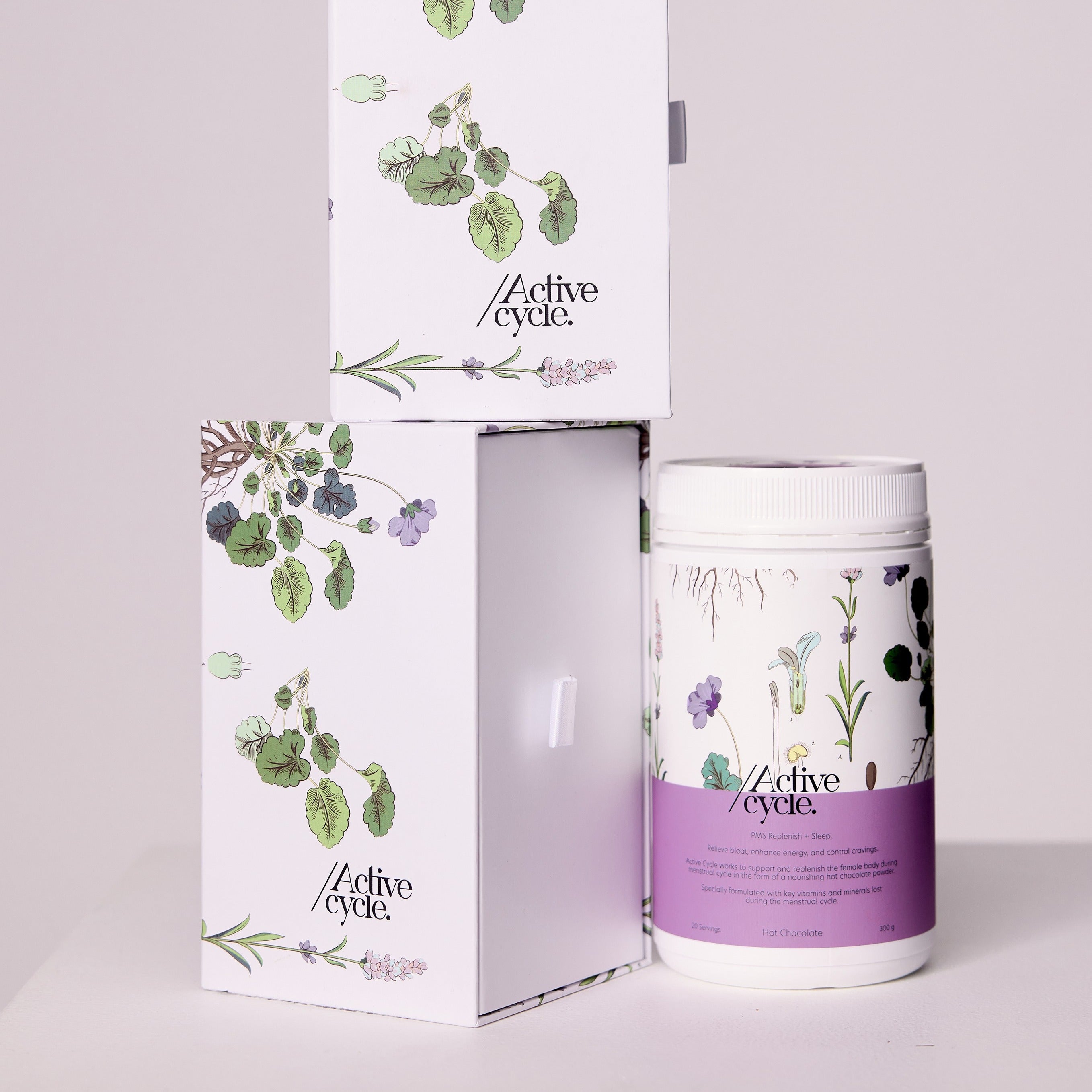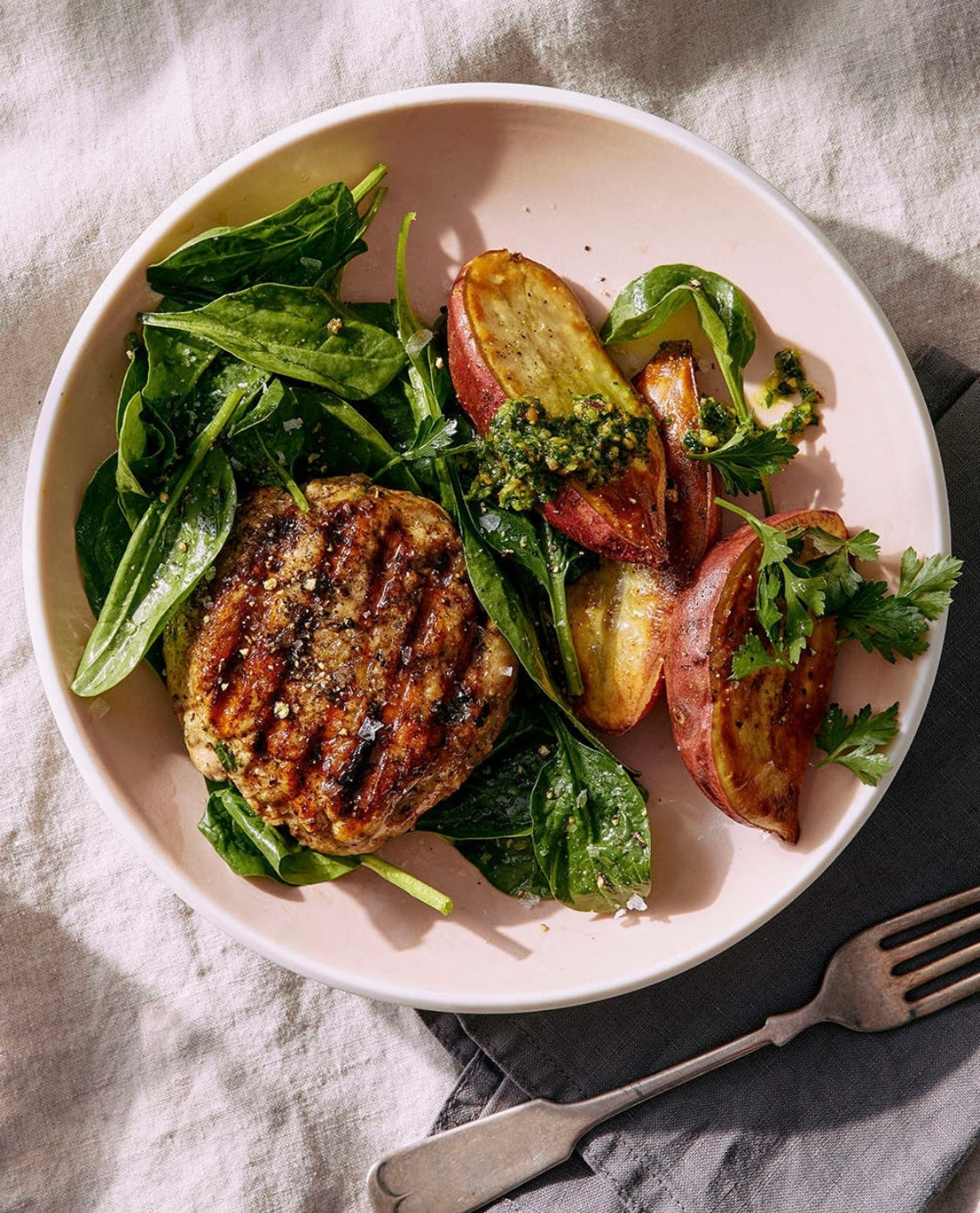We’ve all heard the phrase you are what you eat but, more so, you are what you absorb. Thanks to research, there is a global increase in the realisation that the food you eat and how you eat it can majorly benefit your health through strategic food preparation and consumption.
There are certain nutrients in food that can be beneficial for the absorption of other nutrients, meaning they work synergistically. Becoming aware of these benefits can help you strategically pair foods together – known as synergistic pairings – to essentially get the most ‘bang for your buck’. These pairings can be extremely valuable in numerous diets that are restrictive of certain food groups, such as the vegan diet. By synergistically pairing your foods regularly this will enhance the absorption of nutrients that may be lacking in the diet to help prevent deficiencies.
If you’re looking to prevent deficiency alongside optimizing your nutrition it may be as simple as incorporating some or all of the below food pairings into your cooking repertoire – and steer clear of those that aren’t so beneficial.
Vitamin C and Iron
You may have been recommended or come across this food pairing before. Especially if you’re consuming the majority of your iron through plant-based sources. This is due to the different form of iron present in plant-based versus animal foods. Compared to animal sources like meat which contain heme iron, plant-based sources contain non heme iron a less easily absorbed form.
However, by pairing non heme iron rich foods with a source of vitamin C this can enhance the absorption of iron within the body. This could be as simple as squeezing lemon over your spinach, having a handful of nuts with an orange as a snack, or adding fresh tomato to your beans.
Piperine and Turmeric
Turmeric is a household spice that is derived from the root plant Curcuma longa, which contains the active ingredient curcumin. Curcumin works as an anti-inflammatory and antioxidant within the body and is commonly recommended to reduce swelling and inflammation. However, the availability of curcumin for use by the body is limited without one key ingredient.
Black pepper – or piperine – enhances the bioavailability and absorption of curcumin when consumed together. Co-consumption of piperine and turmeric has shown to enhance antioxidant status in diabetics, as well as reducing inflammation in obesity and metabolic syndrome. So, don’t forget to crack pepper over your turmeric rich meals next time you make them.
Collagen and Vitamin C
Unlike other nutrients vitamin C isn’t able to be synthesised within the human body, which means it has to be consumed in order to meet optimal levels. Apart from being essential for our immunity, vitamin C plays a huge role in tissue regeneration due to its necessity in collagen formation.
Collagen is the most abundant protein within the human body and is an integral part of tissues such as skin, cartilage and bone. Collagen provides structure and strength to these tissues through its rope-like formation, which actually becomes impaired without sufficient vitamin C - like in conditions such as scurvy. Vitamin C promotes collagen formation by acting as a cofactor for enzymes which stabilise collagens strong rope-like formation.
When choosing a collagen supplement be sure to opt for those, like Active Collagen, which contain added vitamin C in order to reap the most benefits.
Fats and Fat-Soluble Nutrients
Vitamins A, D, E & K are our fat-soluble vitamins, they require fats for their absorption. Unlike water soluble vitamins which are excreted when levels are met within the body, fat-soluble vitamins are stored within our fat and liver cells for use at a later time.
If you are deficient in or required to take a supplement of one of these vitamins, their absorption can be easily enhanced through pairing them with fats themselves. Examples of these vitamins within the diet include kale (K), liver (A, D), parsley (K), butter (A, D, E, K), egg yolks (A, D, E, K), fish with edible bones (D), and nuts and seeds (E). Consuming these with healthy fats like extra virgin olive oil (EVOO), avocado, tahini, olives and oily fish will benefit the absorption of these within the intestine.
Cooking Tomatoes in EVOO
Tomatoes – and other fresh produce with red pigmentation such as watermelon and capsicums – contain an antioxidant known as lycopene which is a type of carotenoid, like vitamin A. As it is fat-soluble, lycopene benefits from being consumed alongside fats.
This is evident in Mediterranean diets where EVOO is probably the most frequently consumed source of fat. When tomatoes are cooked in EVOO, it has been shown that the benefits of the antioxidant lycopene are increased making it more bioavailable. This increased bioavailability has major benefits in decreasing systemic inflammation that is produced through factors such as UV radiation, smoking, poor diet and alcohol.
A Pairing to Steer Clear of
As much as we all enjoy coffee and tea it is best to avoid consuming them around iron rich foods. The tannins which are found in tea and coffee are polyphenolic compounds that bind to proteins and reduce their absorption. In situations where you are trying to increase your iron levels consuming these beverages away from meals is your best bet for ensuring adequate iron absorption.
It’s not only the food itself but the preparation, cooking and consumption that is important for nutritional health.
Piskin, E., Cianciosi, D., Gulec, S., Tomas, M., & Capanoglu, E. (2022). Iron Absorption: Factors, Limitations, and Improvement Methods. ACS omega, 7(24), 20441–20456. https://doi.org/10.1021/acsomega.2c01833
Heidari, H., Bagherniya, M., Majeed, M., Sathyapalan, T., Jamialahmadi, T., & Sahebkar, A. (2023). Curcumin-piperine co-supplementation and human health: A comprehensive review of preclinical and clinical studies. Phytotherapy research : PTR, 37(4), 1462–1487. https://doi.org/10.1002/ptr.7737
Pullar, J. M., Carr, A. C., & Vissers, M. C. M. (2017). The Roles of Vitamin C in Skin Health. Nutrients, 9(8), 866. https://doi.org/10.3390/nu9080866
Albahrani, A. A., & Greaves, R. F. (2016). Fat-Soluble Vitamins: Clinical Indications and Current Challenges for Chromatographic Measurement. The Clinical biochemist. Reviews, 37(1), 27–47.
Rinaldi de Alvarenga, J. F., Quifer-Rada, P., Francetto Juliano, F., Hurtado-Barroso, S., Illan, M., Torrado-Prat, X., & Lamuela-Raventós, R. M. (2019). Using Extra Virgin Olive Oil to Cook Vegetables Enhances Polyphenol and Carotenoid Extractability: A Study Applying the sofrito Technique. Molecules (Basel, Switzerland), 24(8), 1555. https://doi.org/10.3390/molecules24081555




